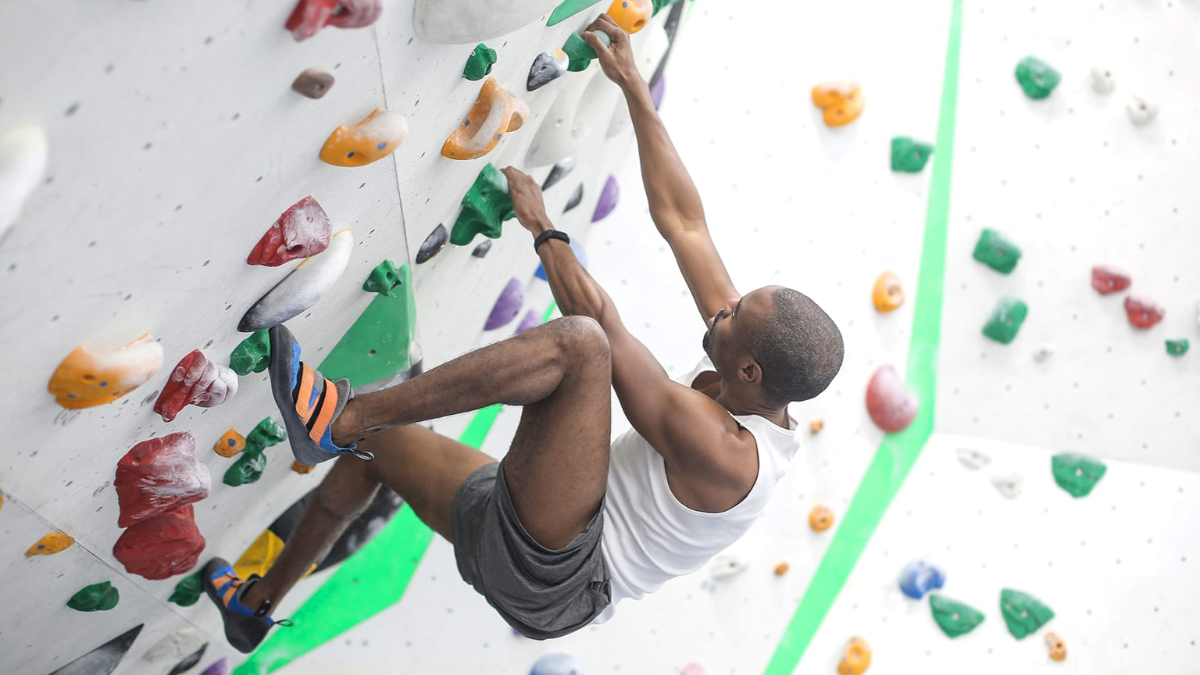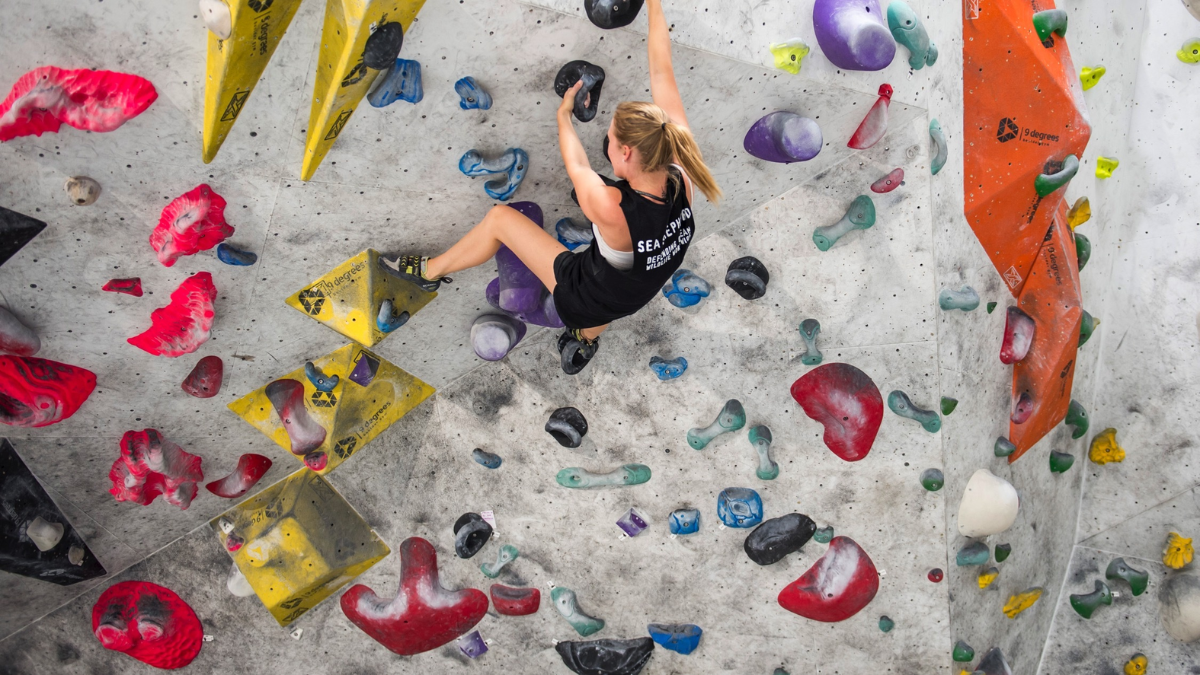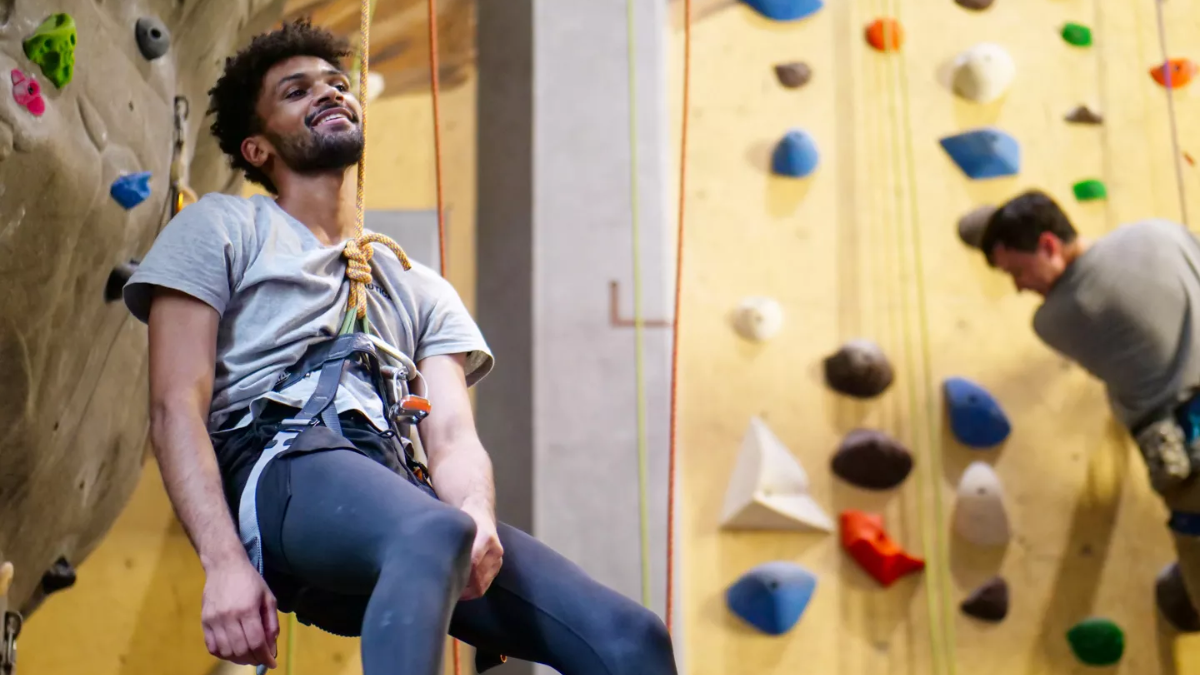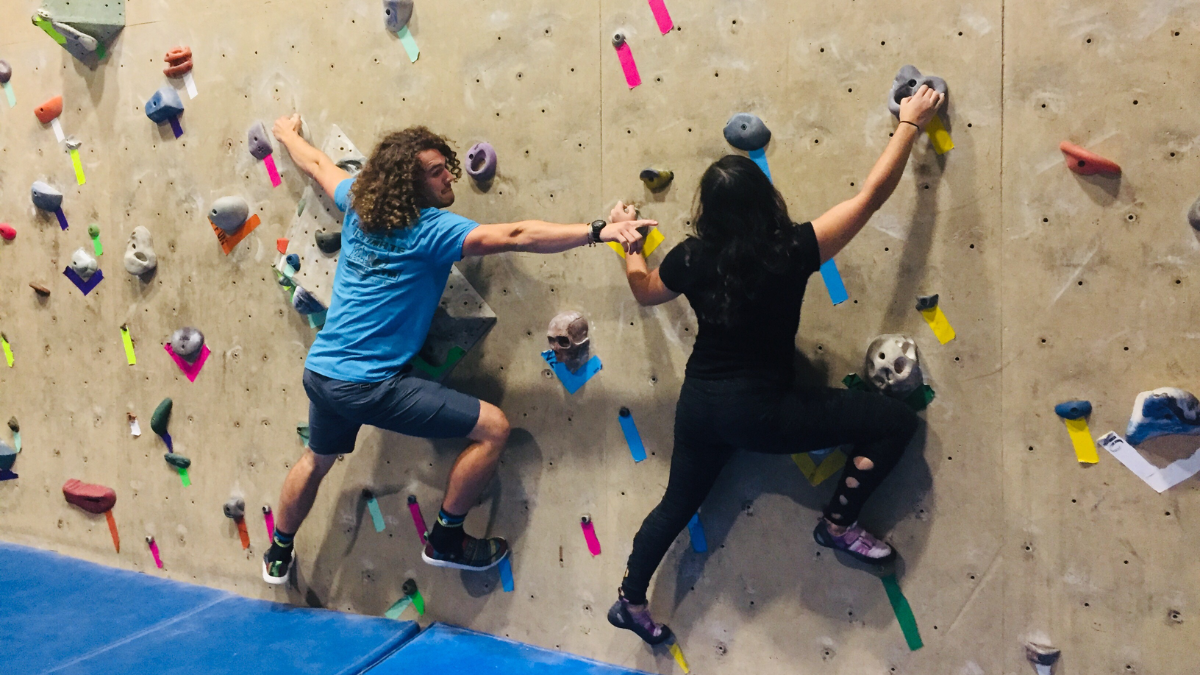
Indoor rock climbing, hailed as the latest fitness obsession, is a dream come true for urban thrill-seekers. It offers an adrenaline rush, builds strength, improves flexibility, and sharpens mental focus — all within the confines of a gym. However, recent scientific findings suggest that this popular activity might be less healthy than it seems, especially for your lungs.
Table of Content:-
The Dark Side of Indoor Climbing: What Lurks in the Air?
While indoor climbing helps develop a rock-solid core and laser-sharp focus, Austrian researchers have raised a red flag: the air in climbing gyms could be laced with toxic pollutants. The culprit? Climbing shoes.

According to a study by the University of Vienna, the rubber soles on climbing shoes release harmful chemicals into the air, the same types of chemicals used in car tires. These airborne substances are associated with lung inflammation, respiratory diseases, organ damage, and even cancer. Shockingly, the concentration of these toxins in climbing gyms was found to be comparable to pollution levels in heavily trafficked urban roads in countries like China.
“These substances do not belong in the air we breathe,” warned the research team, urging gyms to upgrade their ventilation systems and for manufacturers to rethink the materials used in climbing shoes.
Also Read: Fart Walks: The Surprising New Exercise Backed by Doctors for Healthy Ageing
Understanding the Study: What Scientists Found
The study, published in Environmental Science and Technology Air, involved collecting air samples from five gyms in Vienna and four others across France, Spain, and Switzerland. Researchers used an impinger — a device that mimics the function of human lungs — to accurately measure what climbers could be inhaling.
Lead researcher Anya Sherman pointed out that most climbers are familiar with the black residue found on climbing footholds. “They often wipe it off for a better grip,” she said, “but the action releases tiny particles into the air, which are then inhaled.”

These particles include rubber additives known to be harmful not only to humans but also to aquatic life, often responsible for environmental damage when they seep into water bodies. The findings suggest that the sport's rapid rise in popularity might come with unseen health trade-offs.
The Bright Side: Why Climbing is Still Good for You
Despite the concerns, indoor climbing offers a wide range of physical and psychological benefits. Known specifically as bouldering — a form of climbing without ropes or harnesses — the sport delivers a full-body workout that enhances muscle tone, especially in the arms, back, and legs. It improves endurance, core strength, flexibility, and balance.
Also Read: TikTok’s Latest Obsession: Is the Viral Fractional CO2 Laser Really Safe For Acne Scars?
Climbers also experience a mental boost. The sport demands high levels of concentration and strategy, making it a great way to clear your mind. Many consider climbing a form of active meditation, helping relieve stress through the release of endorphins. The combination of physical exertion and problem-solving keeps the brain sharp and your mood elevated.
So, Should You Quit Climbing?
Not necessarily. While the findings are concerning, they don’t suggest quitting indoor climbing altogether. Instead, experts urge climbing gym owners to improve air quality through better ventilation systems and regular cleaning. Shoe manufacturers are also being called upon to replace harmful rubber compounds with safer alternatives.

If you're a frequent climber, consider choosing well-ventilated gyms, wearing masks if necessary, and discussing your concerns with gym staff. Staying informed and taking small precautions can help you enjoy the benefits of climbing without compromising your health.
Bottomline
Indoor climbing may offer physical strength and mental clarity, but it’s crucial to be aware of what you’re breathing in while you scale those walls. As science continues to unearth the unseen risks of our favourite fitness trends, balancing the thrill with caution might be the smartest climb you make.
Also watch this video
How we keep this article up to date:
We work with experts and keep a close eye on the latest in health and wellness. Whenever there is a new research or helpful information, we update our articles with accurate and useful advice.
Current Version
